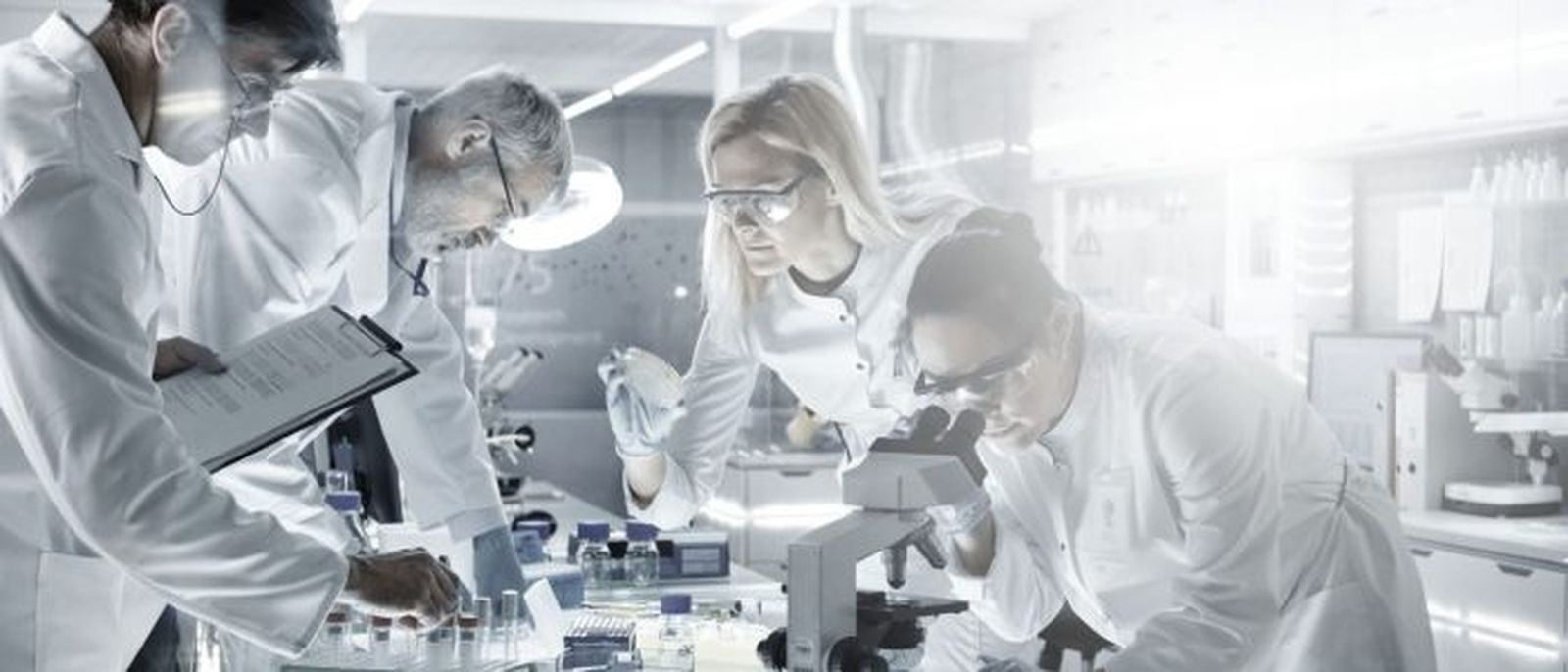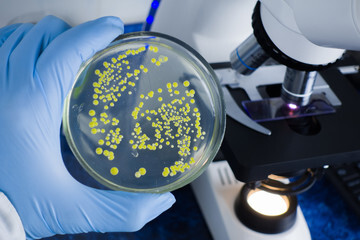Do you know why Challenge Test is important for your cosmetics?
The challenge test is a mandatory test to be performed and that must be included in the Product Information File (PIF). With the challenge test we want to assess the efficacy of the preservative system added into the cosmetic product. According to ISO 29621:2017, every cosmetic manufacturer must ensure the product is microbiologically safe. This means that the product is free from some kinds of microorganisms that might affect product quality and human health.
The challenge test assesses the effectiveness of the preservative system of the cosmetic product and if is able to withstand various types of contamination from the production of the product until its final use by the consumers.
How is the challenge test performed?
The challenge test can be performed with different standards, ISO 11930:2019, European Pharmacopeia and United States Pharmacopeia (USP 51). The test is based on monitoring the presence of various pathogens in the cosmetic product followed by the intentional inoculation of the final product with 5 different strains of microorganisms:
- Escherichia Coli (Gram – bacterium)
- Pseudomonas aeruginosa (Gram – bacterium)
- Staphylococcus aureus (Gram + bacterium)
- Candida albicans (fungus)
- Aspergillus brasiliensis (fungus)
Every 7, 14 and 28 days the remaining concentration of the microorganism are determined, and the product is considered to pass the challenge test if the concentrations of the bacteria are reduced by day 14 and do not increase until the end of the test and if the concentrations of the fungi do not increase over the testing period.
Do all the cosmetics have to perform the challenge test?
For certain kinds of cosmetic products the challenge test is not required as they can be considered of low microbiological risk according to ISO 29621:2017.
Among these products we can include:
- Anhydrous products
- Products with low water activity (water activity value aw < 0,75)
- Products with high percentage of alcohol (> 20%)
- Products with extreme pH (pH < 3 and pH > 10)
- Products that are packaged at temperatures > 65˚C
- Products containing oxidizing agents, polar organic solvents, propellants, ammonia, aluminium hydrochloride, hydrogen peroxide and others
- Single-dose products and products that do not come into contact with the external environment (airless, spray, dosing pump)
- A combination of the above-mentioned factors
Now you can dowload our free e-book which helps to you to register cosmetics in EU in 4 key steps with a minimun effords.
Fill in the following form and you will have access to our free eBook:


